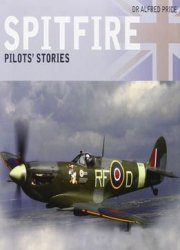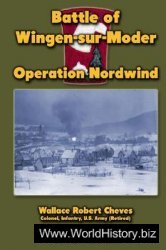PHILIPPINE AEROSPACE DEVELOPMENT CORPORATION (PADC): Philippines (1974-1991). Established by the government at Manila in May 1974 to provide flight as well as ancillary aviation services, PADC begins nonscheduled passenger and cargo charters throughout the archipelago on September 10. An airline division, Philippine Aero Transport, Inc. (PATI) is established on May 24, 1975. A fleet of 10 Britten-Norman BN-2 Islanders and several Bolkow BO-105 helicopters is assembled and revenue services commence from Cebu in December to 18 destinations in the Visayas Islands.
Operations continue in 1976, during which year the company adds five additional points. After an uneventful 1977, the company is ordered merged into Philippine Air Lines (PAL) in December 1978. The service continues under its own name, but is gradually reduced. On September 15, 1979, 10 markets are abandoned, although 7 are transferred to PAL. Revenue operations over the PATI routes are suspended by PAL on February 1, 1980, and the remaining Islanders are turned back to PADC.
In 1991, PADC, which has offered charters for a decade, abandons direct flight operations, electing to join with TNT Worldwide Express (Asia) to form Pacific Far East Cargo Airlines.
PHILIPPINE AIR EXPRESS: Philippines (1947). The story of PAE is the story of the Philippines most enterprising pre-World War II local pilot, Jose Tinsay. A native of Iloilo on Panay, Tinsay learns to fly in the U. S. during 1919. There, he purchases a Curtiss Oriole that he ships home by steamer.
Once it has been reassembled, the Oriole is employed, during the summer of 1920, to begin a passenger charter service from Iloilo to Ba-colod, 27 miles away across the Guimaras Strait on the island of Negros. Tinsay’s unnamed operation is the first in Philippine airline history to transport fare-paying customers.
Services continue and in 1925 a Curtiss Junior joins the Oriole. Regularly scheduled service, again the first in national air history, is inaugurated with a one-way $25 fare (50 pesos). Charters are also undertaken to destinations on both Panay and Negros.
There are no changes in operations until the winter of 1932-1933, when Tinsay’s concern is acquired by the Iloilo-Negros Air Express Company.
Tinsay returns to the Philippine air transport scene in early 1947 when he begins Philippine Air Express. Revenue all-cargo flights are inaugurated between Iloilo and Manila with a single war-surplus Douglas C-47. En route between the two cities on November 22, the Douglas catches fire and explodes; Tinsay and two others are killed, as is their company.




 World History
World History









